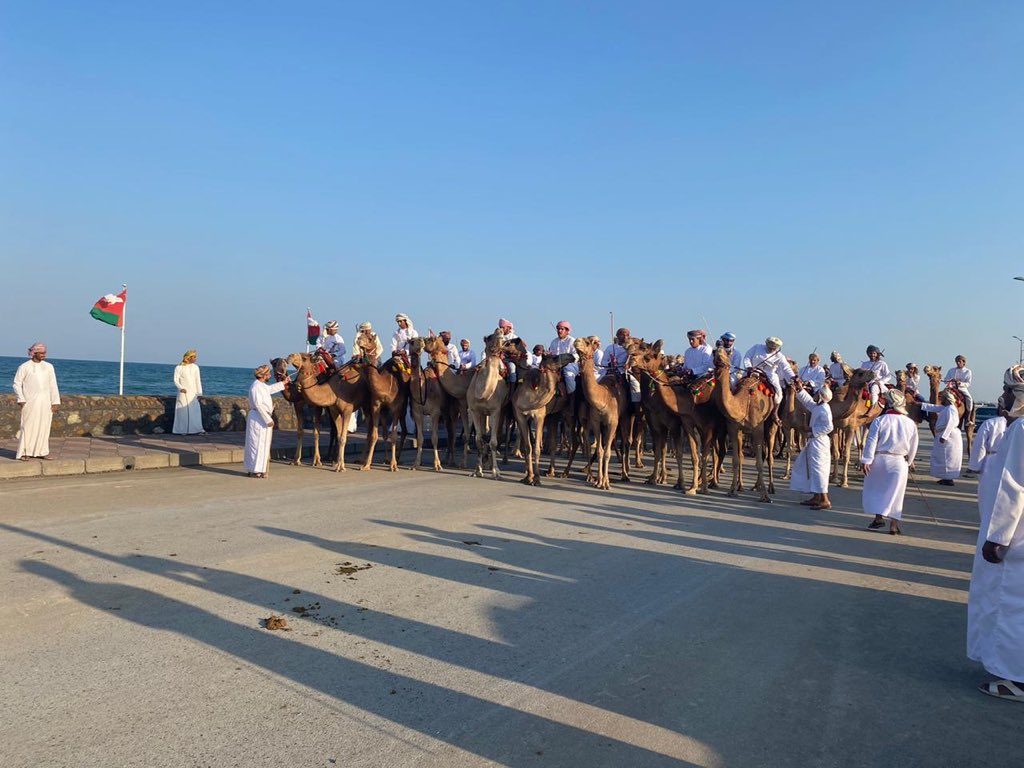

Muscat: Oman’s camel population of an estimated quarter million head makes a limited economic contribution to their owners or to the local economy, a study has found.
Barring economic opportunities stemming from the breeding and racing of thoroughbreds in some parts of the country, coupled with modest contributions coming from camel dairy and meat production, camels remain an under-monetised commodity in the Sultanate, the insightful study has revealed.
Funded by the Oman Animal & Plant Genetic Resources Center (OAPGRC), which operates under the auspices of The Research Council (TRC), the study was conducted by a group of students of Ibra College of Technology. It was primarily focused on North Al Sharqiyah Governorate, an important hotspot for camel breeding and camel racing activities.
Oman is home to an estimated 243K head of camels, out of which around 145K live in Dhofar Governorate. Besides being an integral part of the country’s social and cultural traditions, this livestock species also supports a thriving cattle breeding sector that currently employs thousands of Omanis.
However, according to a report of the study, published in the latest edition of ‘Scientific Insights’ – the monthly newsletter of the TRC – financial profits from camel milk and meat production are “very low” in the Sultanate. Much of the profit from camel breeding activities comes from thoroughbred racing.
Significantly, the report laments the non-utilisation of camels in the tourism sector. It also underlines the need for Oman’s camel heritage to be suitably developed and commercialised in order to enhance its contribution to the country’s GDP.
Camel breeders interviewed by the research team also appealed for the introduction of a pricing system for thoroughbreds, and for the promotion of camel racing as an industry. They also pleaded for the suitable expansion of government-run veterinary clinics to meet the needs of the breeding community. In this regard, they also called for a review of the price of medicines and treatments charged by private veterinary clinics.
“The main challenges facing camel breeders are: acquiring property for a barn from the government with electricity and water, attracting workers, and the high prices of cattle feed,” the report noted. “Camel movement should be facilitated between the GCC countries,” it further stated.
Oman Observer is now on the WhatsApp channel. Click here



